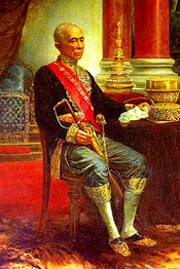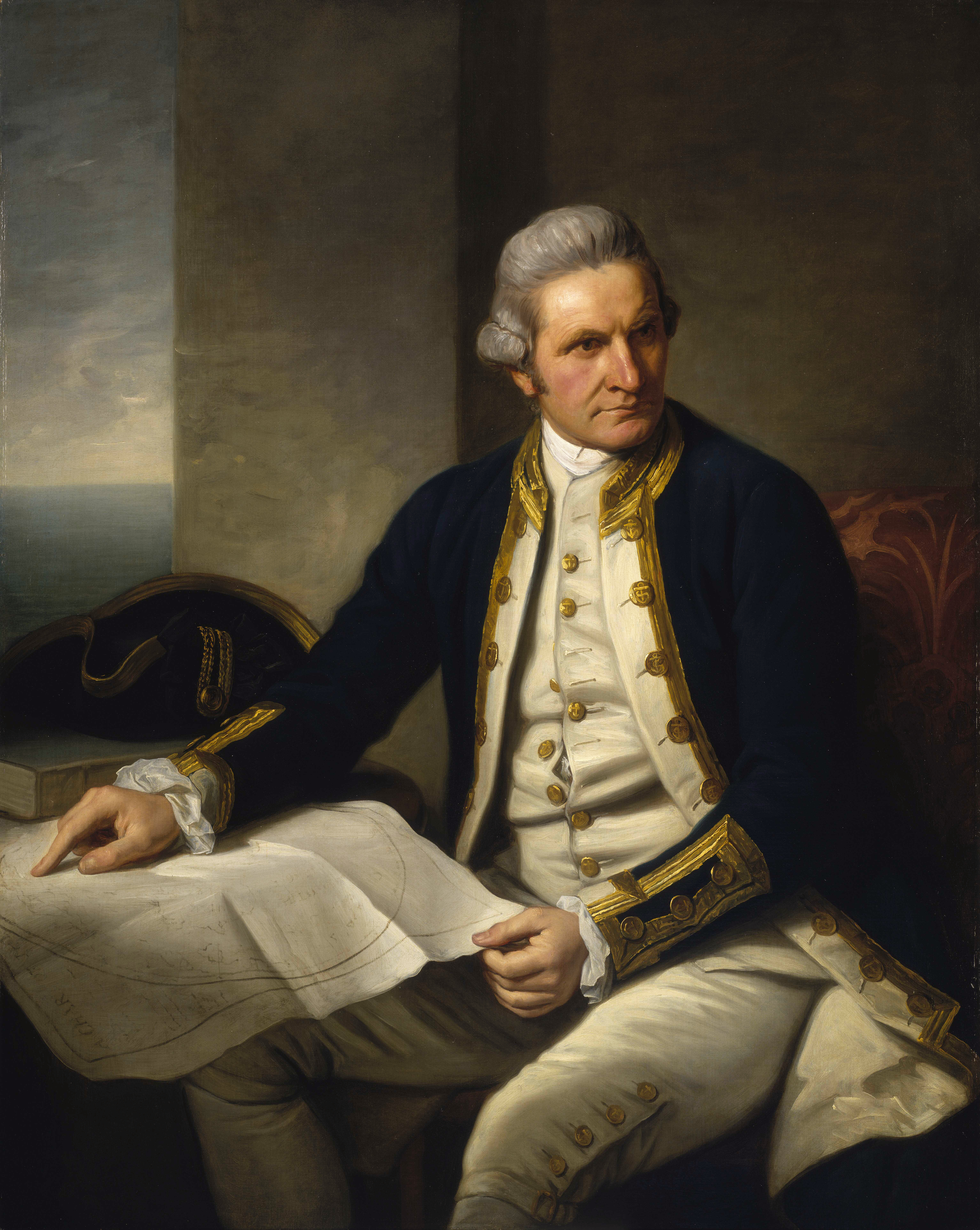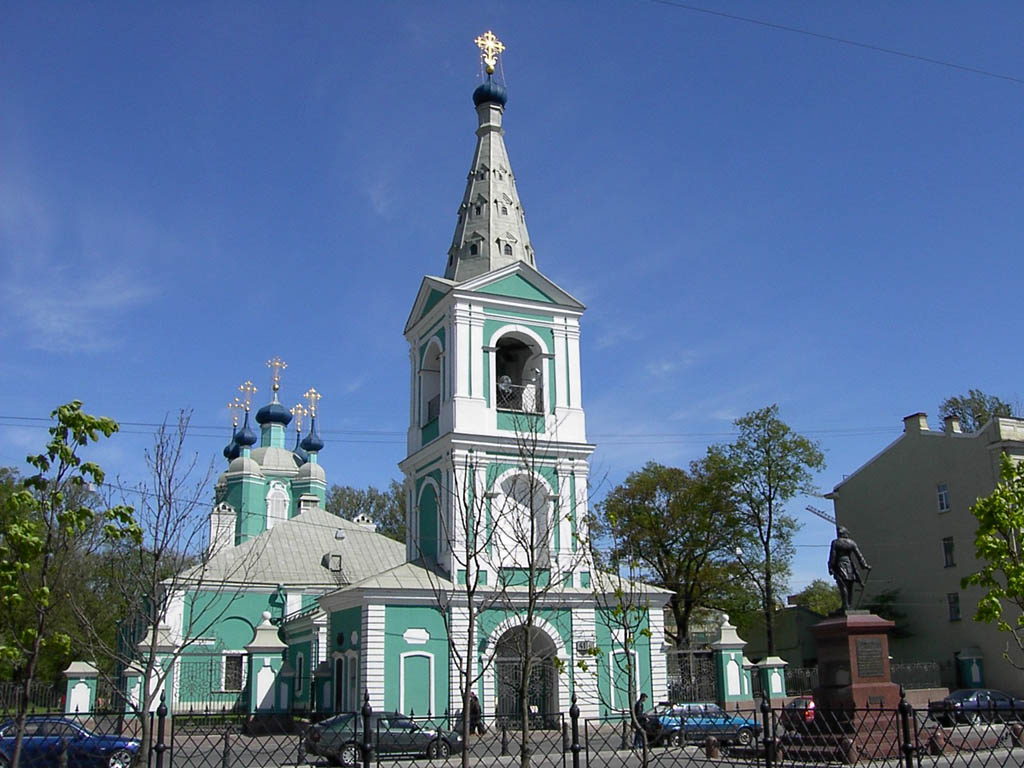|
Kazimierz Dmochowski
Kazimierz Dmochowski (24 June 1779 – 11 January 1851) was a Roman Catholic archbishop of the Archdiocese of Mohilev from 1848 until his death in 1851. He previously served as auxiliary bishop of the Diocese of Vilnius and titular bishop of Meloë from 1840 to 1848. Biography Dmochowski was born in Zabolotye in 1779. He attended a Piarist secondary school at Luzkhi from when was 10 until he obtained his ''matura'' on 1 November 1797, after which he began attending the diocesan seminary at Krāslava; he transferred to the diocesan seminary at Vilnius in 1798. He was ordained a priest on at Vilnius. After his ordination, he served as a chaplain to Jan Nepomucen Kossakowski and Hieronim Stroynowski. He was appointed canon of Courland in 1807. Later, Dmochowski was appointed coadjutor cantor of the cathedral chapter of Vilnius on 26 February 1811; he was appointed canon regular on 10 December 1812. He was appointed assessor of the consistory of the Diocese of Vilnius in 1813 ... [...More Info...] [...Related Items...] OR: [Wikipedia] [Google] [Baidu] |
Roman Catholic Archdiocese Of Mohilev
The Archdiocese of Mohilev (or Mogilev or Mahilyow) was a territorial Latin Church ecclesiastical jurisdiction of the Catholic Church, covering the greater part of the territory of the Tsarist Russian Empire (from St Petersburg to Vladivostock). The Cathedral was the Church of the Assumption of the Virgin and St. Stanislav in Mohilev, the co-cathedral was the Cathedral of the Assumption of the Blessed Virgin Mary in Saint Petersburg. Its effective see was the imperial capital city Saint Petersburg. Throughout its entire existence, it was the largest territorial unit of the Catholic Church in the world. The archdiocese remained the Latin metropolitan see for Russia throughout imperial times and the Soviet period, although for much of the latter period it was the subject of repression and had no incumbent archbishop. History The establishment of a bishopric became a necessity as a result of the First Partition of Poland, when significant amounts of territory inhabited by Cathol ... [...More Info...] [...Related Items...] OR: [Wikipedia] [Google] [Baidu] |
Nicholas I Of Russia
Nicholas I, group=pron (Russian language, Russian: Николай I Павлович; – ) was Emperor of Russia, List of rulers of Partitioned Poland#Kings of the Kingdom of Poland, King of Congress Poland, and Grand Duke of Finland from 1825 to 1855. He was the third son of Paul I of Russia, Paul I and younger brother of his predecessor, Alexander I of Russia, Alexander I. Nicholas's thirty-year reign began with the failed Decembrist revolt. He is mainly remembered as a reactionary whose controversial reign was marked by geographical expansion, centralisation of administrative policies, and repression of dissent both in Imperial Russia, Russia and among its neighbors. Nicholas had a happy marriage that produced a large family, with all of their seven children surviving childhood. Nicholas's biographer Nicholas V. Riasanovsky said that he displayed determination, singleness of purpose, and an iron will, along with a powerful sense of duty and a dedication to very hard work. ... [...More Info...] [...Related Items...] OR: [Wikipedia] [Google] [Baidu] |
19th-century Roman Catholic Bishops In The Russian Empire
The 19th century began on 1 January 1801 (represented by the Roman numerals MDCCCI), and ended on 31 December 1900 (MCM). It was the 9th century of the 2nd millennium. It was characterized by vast social upheaval. Slavery was Abolitionism, abolished in much of Europe and the Americas. The First Industrial Revolution, though it began in the late 18th century, expanded beyond its British homeland for the first time during the 19th century, particularly remaking the economies and societies of the Low Countries, France, the Rhineland, Northern Italy, and the Northeastern United States. A few decades later, the Second Industrial Revolution led to ever more massive urbanization and much higher levels of productivity, profit, and prosperity, a pattern that continued into the 20th century. The Catholic Church, in response to the growing influence and power of modernism, secularism and materialism, formed the First Vatican Council in the late 19th century to deal with such problems an ... [...More Info...] [...Related Items...] OR: [Wikipedia] [Google] [Baidu] |
1851 Deaths
Events January–March * January 11 – Hong Xiuquan officially begins the Taiping Rebellion in China, one of the bloodiest revolts that would lead to 20 million deaths. * January 15 – Christian Female College, modern-day Columbia College (Missouri), Columbia College, receives its charter from the Missouri General Assembly. * January 23 – The flip of a coin, subsequently named the Portland Penny, determines whether a new city in the Oregon Territory will be named after Boston, Massachusetts, or Portland, Maine, with Portland, Oregon, Portland winning. * January 28 – Northwestern University is founded in Illinois. * February 1 – ''Brandtaucher'', the oldest surviving submersible craft, sinks during acceptance trials in the German port of Kiel, but the designer, Wilhelm Bauer, and the two crew escape successfully. * February 6 – Black Thursday (1851), Black Thursday occurs in Australia as Bushfires in Australia, bushfires sweep across ... [...More Info...] [...Related Items...] OR: [Wikipedia] [Google] [Baidu] |
1779 Births
Events January–March * January 11 ** British troops surrender to the Marathas in Battle of Wadgaon, Wadgaon, India, and are forced to return all territories acquired since 1773. * January 22 – American Revolutionary War – Claudius Smith is hanged at Goshen (village), New York, Goshen, Orange County, New York for supposed acts of terrorism upon the people of the surrounding communities. * January 29 – After a second petition for partition from its residents, the North Carolina General Assembly abolishes Bute County, North Carolina, Bute County, North Carolina (established 1764) by dividing it and naming the northern portion Warren County, North Carolina, Warren County (for Revolutionary War hero Joseph Warren), the southern portion Franklin County, North Carolina, Franklin County (for Benjamin Franklin). The General Assembly also establishes Warrenton, North Carolina, Warrenton (also named for Joseph Warren) to be the seat of Warren County, and Lou ... [...More Info...] [...Related Items...] OR: [Wikipedia] [Google] [Baidu] |
Saint Petersburg
Saint Petersburg, formerly known as Petrograd and later Leningrad, is the List of cities and towns in Russia by population, second-largest city in Russia after Moscow. It is situated on the Neva, River Neva, at the head of the Gulf of Finland on the Baltic Sea. The city had a population of 5,601,911 residents as of 2021, with more than 6.4 million people living in the Saint Petersburg metropolitan area, metropolitan area. Saint Petersburg is the List of European cities by population within city limits, fourth-most populous city in Europe, the List of cities and towns around the Baltic Sea, most populous city on the Baltic Sea, and the world's List of northernmost items#Cities and settlements, northernmost city of more than 1 million residents. As the former capital of the Russian Empire, and a Ports of the Baltic Sea, historically strategic port, it is governed as a Federal cities of Russia, federal city. The city was founded by Tsar Peter the Great on 27 May 1703 on the s ... [...More Info...] [...Related Items...] OR: [Wikipedia] [Google] [Baidu] |
Vyborgsky District, Saint Petersburg
Vyborgsky District ( rus, Вы́боргский райо́н, links=1, r=Výborgskiy raión, p=ˈvɨbərkskʲɪj rɐˈjɵn) is an administrative and municipal district (raion), one of the 18 in Saint Petersburg, Russia. History and present Overview and early decades This historical north-western area of St. Petersburg was named after the castle town of Vyborg (Rus. Выборг - a transcription of its Swedish language, Swedish name ''Viborg'') after the latter was taken from Swedish Empire (which then included present-day Finland) by the Imperial Russian Army under the command Tsar Peter the Great during the Great Northern War of early 18th century, thus safeguarding the new Russian capital St. Petersburg. This north-western area of the city was the nearest to Vyborg and has been connected to it by major roads which have almost never lost their significance as international transportation routes. This part of the city, divided in the 20th century longitudinally between Vyborgs ... [...More Info...] [...Related Items...] OR: [Wikipedia] [Google] [Baidu] |
Greek Catholic
Greek Catholic Church or Byzantine-Catholic Church may refer to: * The Catholic Church in Greece * The Eastern Catholic Churches The Eastern Catholic Churches or Oriental Catholic Churches, also known as the Eastern-Rite Catholic Churches, Eastern Rite Catholicism, or simply the Eastern Churches, are 23 Eastern Christian autonomous (''sui iuris'') particular churches of ... that use the Byzantine Rite, also known as the Greek Rite: ** The Albanian Greek Catholic Church ** The Belarusian Greek Catholic Church ** The Bulgarian Greek Catholic Church ** The Greek Catholic Church of Croatia and Serbia ** The Greek Byzantine Catholic Church ** The Hungarian Greek Catholic Church ** The Italo-Albanian Catholic Church ** The Macedonian Greek Catholic Church ** The Malta Greek Catholic Church ** The Melkite Greek Catholic Church ** The Romanian Greek Catholic Church ** The Russian Greek Catholic Church ** The Ruthenian Greek Catholic Church ** The Slovak Greek Catholic C ... [...More Info...] [...Related Items...] OR: [Wikipedia] [Google] [Baidu] |
Co-Cathedral Of The Assumption Of The Virgin And St
A co-cathedral is a cathedral church which shares the function of being a bishop's seat, or ''cathedra'', with another cathedral, often in another city (usually a former see, anchor city of the metropolitan area or the civil capital). Instances of this occurred in England before the Protestant Reformation in the dioceses of 'Bath and Wells', and of 'Coventry and Lichfield'. These two dioceses were each named for both cities that served as bishop's seats. As of March 2020, the Catholic Church had 322 co-cathedrals, mainly in Europe (140 in Italy alone). Many are former cathedrals, but even if still in use, those often are not granted co-cathedral status. Often the diocese with one or more co-cathedrals also has a multiple ("hyphenated") name reflecting these, but some have a co-cathedral not mentioned in the title while other former see titles may also be preserved without having a co-cathedral. Sometimes the first-named city does not have the main cathedral (actual see) but boa ... [...More Info...] [...Related Items...] OR: [Wikipedia] [Google] [Baidu] |
Pallium
The pallium (derived from the Roman ''pallium'' or ''palla'', a woolen cloak; : pallia) is an ecclesiastical vestment in the Catholic Church, originally peculiar to the pope, but for many centuries bestowed by the Holy See upon metropolitan bishop, metropolitans and primate (bishop), primates as a symbol of their conferred Ecclesiastical jurisdiction, jurisdictional authorities; it remains a papal emblem. It is symbolic of the lamb which Jesus carries on his shoulders in artwork portraying him as the Good Shepherd. In its present (western) form, the pallium is a long and "three fingers broad" (narrow) white band adornment, woven from the wool of lambs raised by Trappist monks. It is donned by looping its middle around one's neck, resting upon the chasuble and two dependent lappets over one's shoulders with tail-ends (doubled) on the left with the front end crossing over the rear. When observed from the front or rear the pallium sports a stylistic letter 'y' (contrasting against a ... [...More Info...] [...Related Items...] OR: [Wikipedia] [Google] [Baidu] |
Pope Pius IX
Pope Pius IX (; born Giovanni Maria Battista Pietro Pellegrino Isidoro Mastai-Ferretti; 13 May 1792 – 7 February 1878) was head of the Catholic Church from 1846 to 1878. His reign of nearly 32 years is the longest verified of any pope in history; if including unverified reigns, his reign was second to that of Peter the Apostle. He was notable for convoking the First Vatican Council in 1868 and for permanently losing control of the Papal States in 1870 to the Kingdom of Italy. Thereafter, he refused to leave Vatican City, declaring himself a "prisoner in the Vatican". At the time of his election, he was a liberal reformer, but his approach changed after the Revolutions of 1848. Upon the assassination of his prime minister, Pellegrino Rossi, Pius fled Rome and excommunicated all participants in the short-lived Roman Republic (1849–1850), Roman Republic. After its suppression by the French army and his return in 1850, his policies and doctrinal pronouncements became increasingl ... [...More Info...] [...Related Items...] OR: [Wikipedia] [Google] [Baidu] |
Church Of St
Church may refer to: Religion * Church (building), a place/building for Christian religious activities and praying * Church (congregation), a local congregation of a Christian denomination * Church service, a formalized period of Christian communal worship * Christian denomination, a Christian organization with distinct doctrine and practice * Christian Church, either the collective body of all Christian believers, or early Christianity Places United Kingdom * Church, a former electoral ward of Kensington and Chelsea London Borough Council that existed from 1964 to 2002 * Church (Liverpool ward), a Liverpool City Council ward * Church (Reading ward), a Reading Borough Council ward * Church (Sefton ward), a Metropolitan Borough of Sefton ward * Church, Lancashire, England United States * Church, Iowa, an unincorporated community * Church Lake, a lake in Minnesota * Church, Michigan, ghost town Arts, entertainment, and media * ''Church magazine'', a pastoral theology magazine pu ... [...More Info...] [...Related Items...] OR: [Wikipedia] [Google] [Baidu] |






